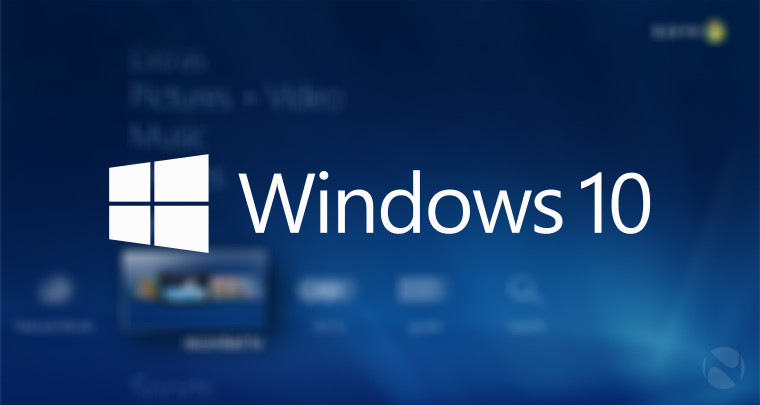At the beginning of the month, just a day after showing off Windows 10 for the first time, Microsoft released the Technical Preview of its new OS. Like the event at which it was announced, the preview release is focused on the features that will appeal to business and enterprise customers, and is missing many of the bits that will target consumers.

One such feature that is absent from the Technical Preview is Windows Media Center, but some users have restored this feature by using the product key that they purchased for use in Windows 8.1. Unfortunately, this has created some issues for these users, which has led Microsoft to caution against doing this.
The product key in question is the one that users can buy to add the Media Center Pack to an existing Windows 8.1 Pro installation. However, when the key is used to add Media Center to Windows 10, the system subsequently identifies itself as running "Windows 8.1 Pro with Media Center", along with a warning that the OS has not been activated. More problematically, it also prevents users from getting updates and patches to the Windows 10 preview.
As noted on meraTechPort this weekend, Microsoft has acknowledged the problem, and a Support Engineer posted an apology on the company"s forums, along with a warning, urging other users to avoid making the same mistake.

"We apologize for not catching this before we launched Tech Preview," the post said, continuing: "We did not intend for you to be able to use a purchased product key on a preview build. We do not recommend adding Media Center to Windows 10 Technical Preview as using a purchased product key will also prevent you from getting updates and future builds..."
The post ends by encouraging users to download the Technical Preview ISO file to "perform an in-place upgrade to re-install Windows 10 Technical Preview."
The Technical Preview is scheduled to expire on April 15, 2015, but a second pre-release - possibly to be called the Consumer Preview - is expected to be made available before then, in the first quarter of next year. The full feature-complete OS is not expected to launch until mid-2015.
Source: Microsoft via meraTechPort | Thanks to Jamie P for the tip!